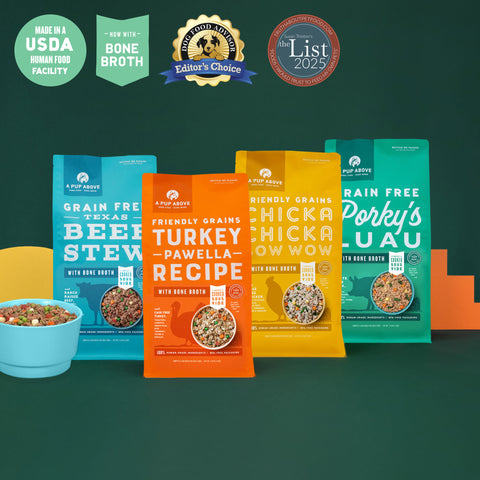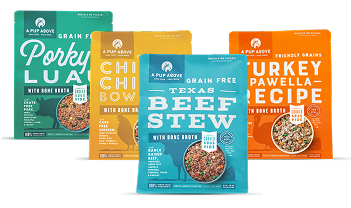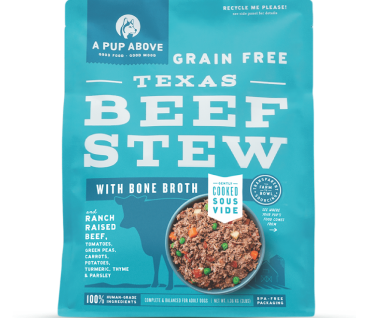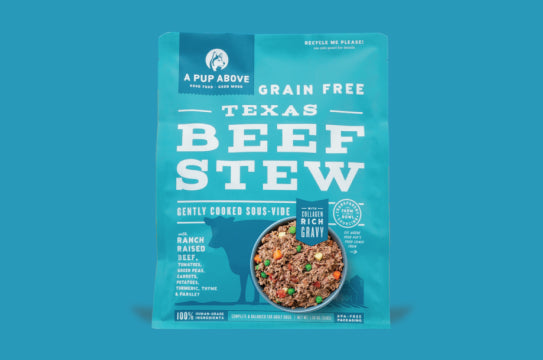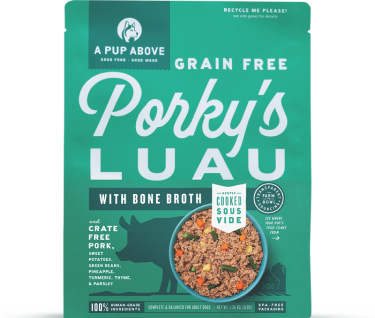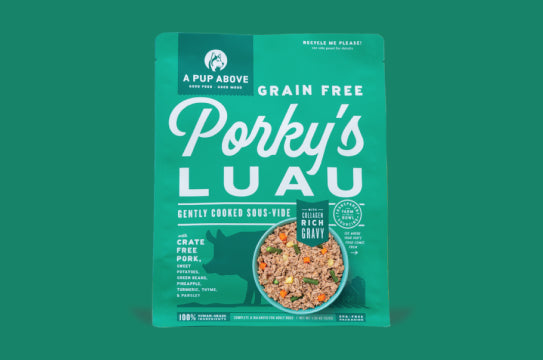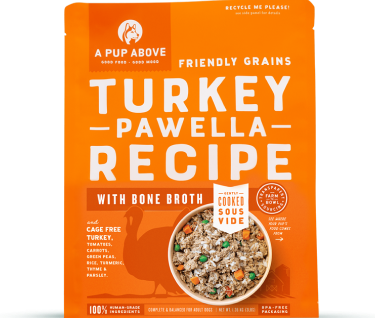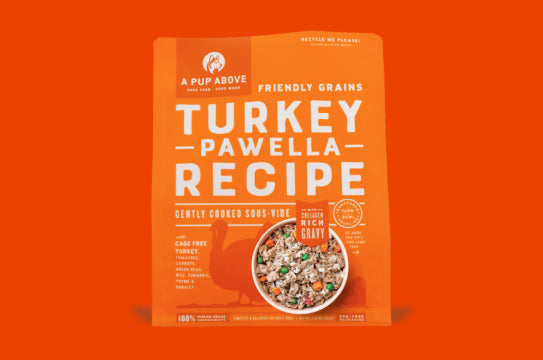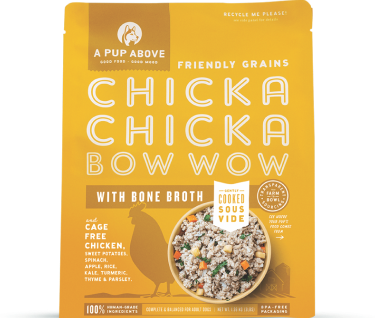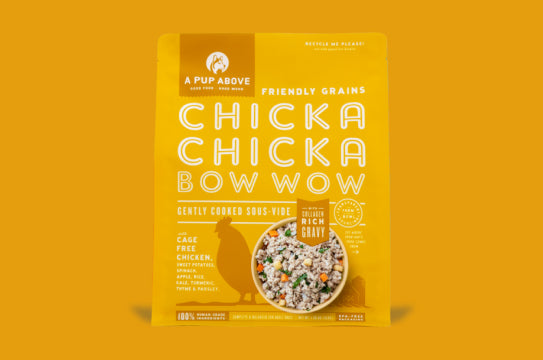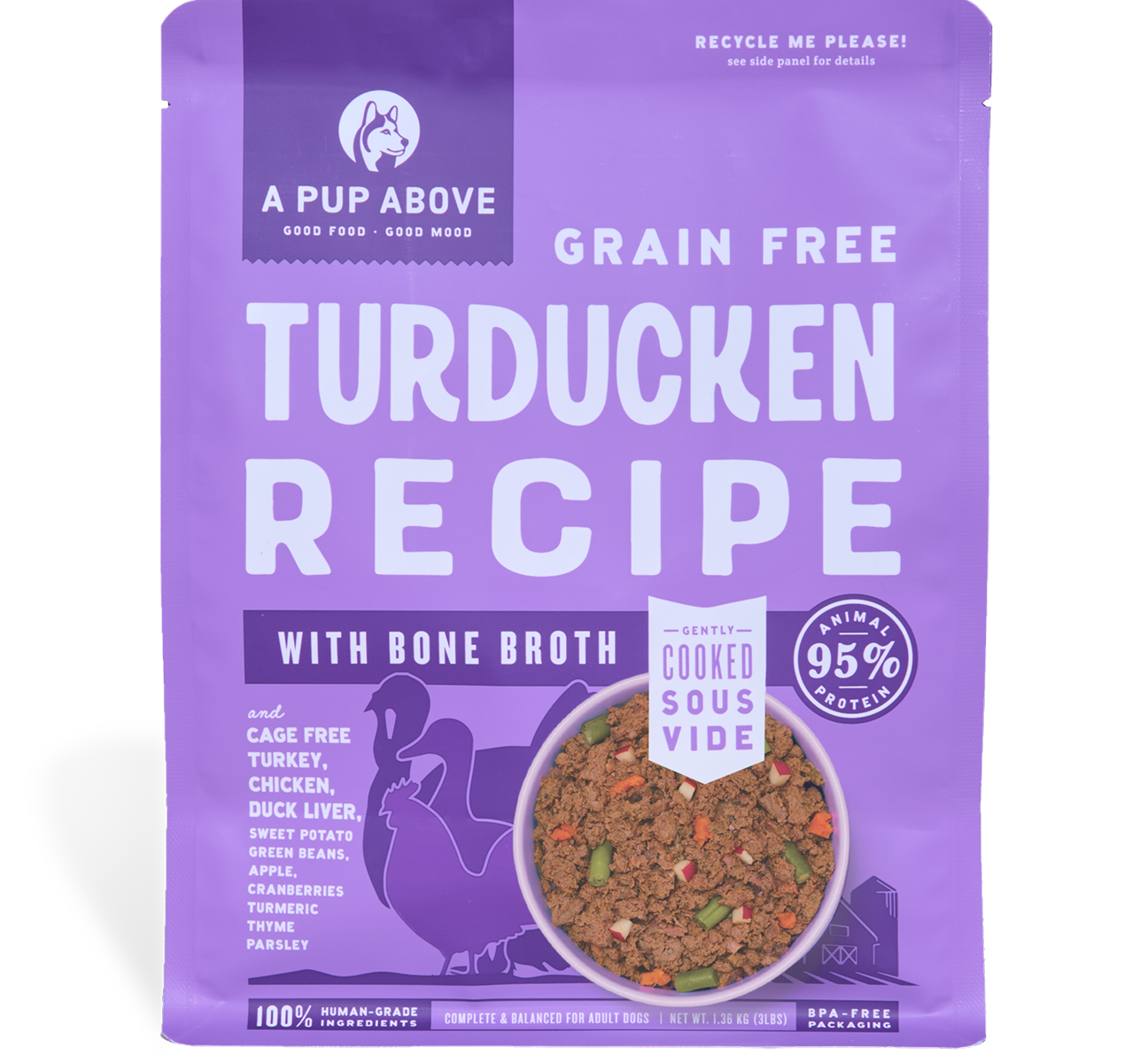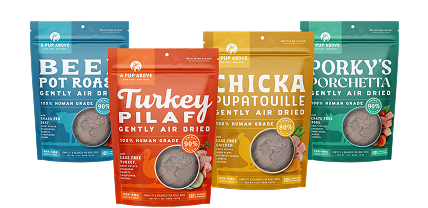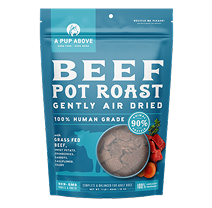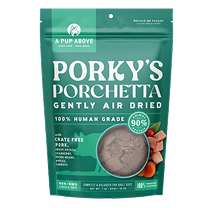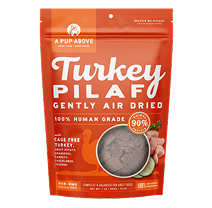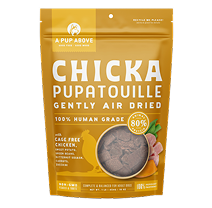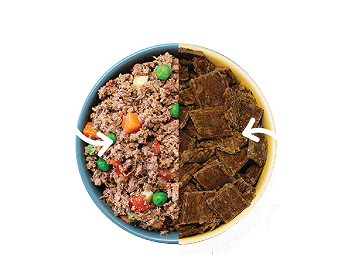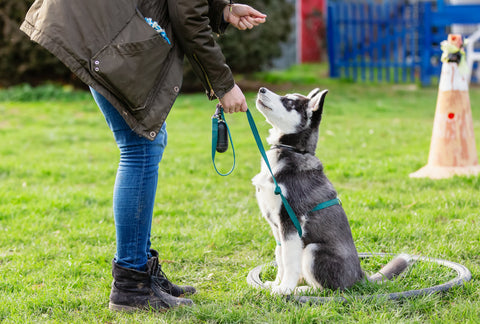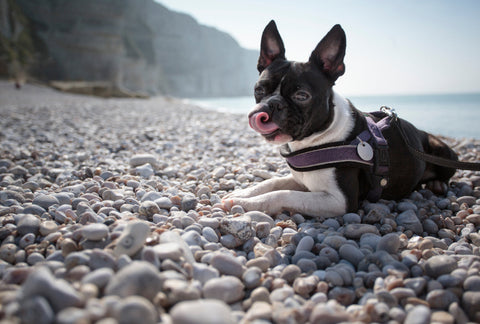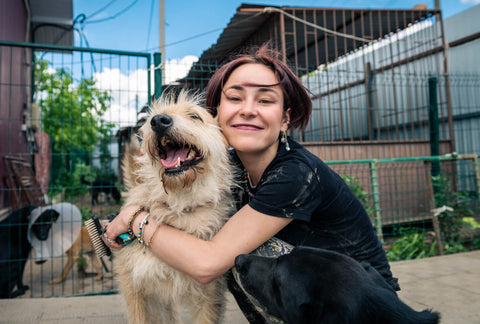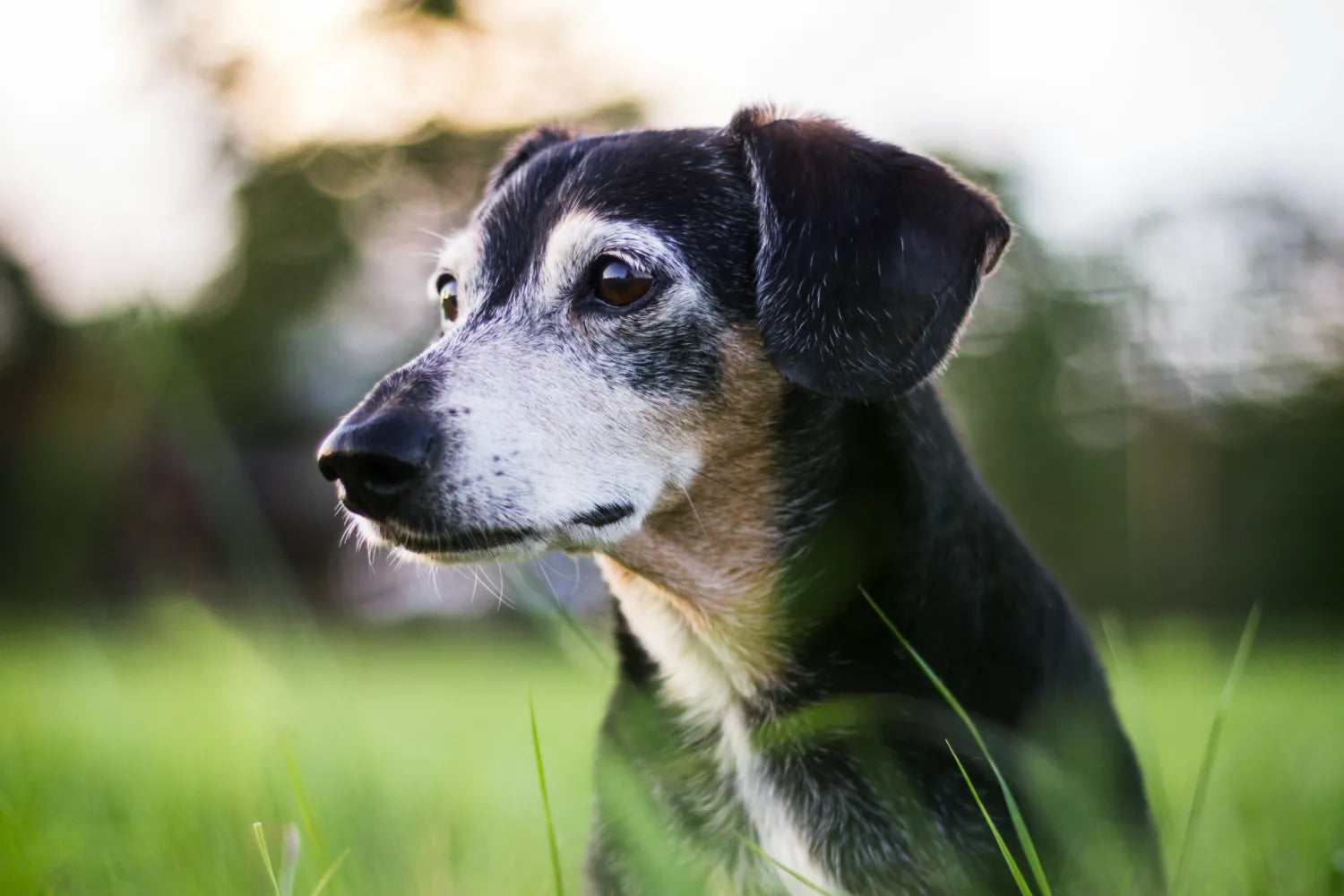
Why Senior & Older Dogs Should Eat Soft Food
As our canine companions enter their golden years, their dietary needs start to shift. Just like us, senior dogs may find that what used to be a breeze — like crunching on a hard kibble — might now be a bit of a challenge. That's where softer, more palatable diets come into play.
At A Pup Above, we're passionate about adapting to these changes, ensuring every meal not only satisfies their taste buds but also supports their health as they age. Let’s dive into why softer food is often the go-to choice for our beloved senior pups.
What Is Soft Dog Food?
Soft dog food, an umbrella term for all things easy and gentle, ranges from creamy pâtés to tender, moist chunks.
Here's a quick rundown on the varieties your older pup might adore:
- Canned Food: This classic form of soft dog food is sealed with juiciness, offering a smooth or chunky texture that makes mealtime a breeze for seniors.
- Moist or Semi-Moist: Perfect for dogs who find traditional dry food too taxing, these options offer a chewy yet soft experience, often packaged in convenient pouches.
- Sous-Vide Meals: Here at A Pup Above, we’re big fans of this method. Our sous-vide meals are cooked slowly in a water bath, which makes every bite not just incredibly tender but also evenly cooked to preserve those precious nutrients and flavors your dog loves.
- Dehydrated or Freeze-Dried Food: Just add water to these, and voila! You have a soft, stew-like meal that’s both nutritious and easy to consume.
So, unlike the hard and sometimes jagged edges of dry kibble, soft dog food is made to be gentle on both the mouth and stomach. It’s crafted to slide down easily, making mealtime a breeze and not a battle, even for dogs with sensitive teeth or gums.
How Can Soft Food Benefit a Senior Dog’s Health?
Understanding the gentle nature of soft dog food is one thing, but recognizing the profound benefits it offers our senior companions is another.
With this in mind, let's look at the advantages of soft food for senior dogs:
Gentle on the Teeth and Gums
As dogs age, their teeth might not be as strong as they once were. Soft food is kind to their teeth and gums, making eating less of a chore and more of a pleasure. This can be particularly helpful for those pups who struggle with dental issues or general wear and tear on their dental structures.
Boosts Hydration
Moist and soft diets have higher water content compared to dry kibble. This aspect of soft food helps increase the overall water intake for your dog, supporting better hydration, which is especially important for senior dogs who may not drink enough water on their own.
Easier Digestion
With age, a dog’s digestive system can become less efficient. Soft foods are generally easier to break down and digest, which means that the nutrients are more readily available for absorption, aiding in their overall health and energy levels.
Enhanced Palatability
If your senior dog’s sense of smell or taste has declined, they might find soft foods more appealing. The rich flavors and aromas of sous-vide meals like our Chicka Chicka Bow Wow can reignite their interest in food, ensuring they get the calories and nutrition they need without the struggle.
Variety and Enjoyment
Offering a variety of soft foods can stimulate a senior dog’s appetite, making mealtime exciting again. Switching up flavors and textures, from juicy stews to smooth pâtés, can provide a sensory experience that keeps older dogs interested in their meals.
When Should You Consider Switching Your Senior Dog to Soft Food?
While soft food can be a great dietary option for many senior dogs, deciding when to make the switch should be a thoughtful process. It's not just about the age of your dog, but more about observing their overall health, behavior, and comfort during mealtime.
Here are some indicators that might suggest it’s time to transition your senior dog to a softer diet.
Observing Eating Habits
Start by paying close attention to how your dog is eating. Are they leaving kibble behind, chewing more slowly, or showing signs of struggle while eating? These could be indications that their current food is becoming a challenge.
Dental Health Check
Regular veterinary check-ups are essential, especially to assess your dog’s dental health. If your vet notices signs of tooth decay or gum disease, they might recommend a softer diet to ease your dog's discomfort.
Energy and Digestion
Notice any changes in energy or digestion? If your senior dog seems lethargic after meals or suffers from indigestion regularly, the hard texture of dry food might be taxing their digestive system.
How Do I Transition My Senior Dog to Soft Food?
If you're thinking it's time your senior dog might benefit from a switch to soft food, here's how to make the change a positive experience for both you and your dog. Keeping their comfort and health in focus, these tips will help ensure a smooth transition:
Chat With Your Vet
Like catching up with an old friend, a chat with your vet can set you on the right path. They'll give you the nitty-gritty on what type of soft food fits your pup’s health profile, ensuring the switch supports their specific needs.
Introduce Gently
Think of it as mixing a bit of nostalgia with something new. Start by folding small amounts of soft food into their usual kibble, gradually increasing the soft while phasing out the hard. This gentle blend helps their tummy adapt and accept the change without fuss.
Create a Comfort Zone
Serve their new soft food in a quiet, comfortable spot where your dog feels relaxed. A peaceful environment can make mealtime less stressful and more enjoyable as they adapt to new textures.
Keep the Routine Rock-Solid
Dogs, much like their humans, thrive on routine. Keeping meal times consistent ensures they know when to expect their next scrumptious serving, which can help them adjust to the new menu with eagerness.
Excite Their Taste Buds
Rotate through flavors and textures like our succulent Turkey Pawella or savory Texas Beef Stew. It’s a culinary adventure that will keep your old companion keen and curious about what’s next.
Warm It Up
Slightly warming the soft food can enhance its aroma and flavor, making it more enticing for senior dogs whose sense of smell may have diminished. The best way to do this is with a splash of warm water — a microwave can alter the nutritional profile. Just ensure it's warm, not hot, to avoid any mouth discomfort.
Watch and Learn
Keep an eye on how they handle the new diet — more energy and quicker bowl-clearing are good signs! If their stomach doesn’t agree, it might be time to tweak the menu or the transition pace.
Mind the Portion
Soft food might pack more moisture and less calorie density, so adjust portions to keep your dog from packing on extra pounds. It’s all about finding that sweet spot where they’re satisfied and healthy.
A Final Word
Embracing the shift to softer foods for our senior dogs marks a pivotal step in nurturing their health as they age. At A Pup Above, we believe that every meal should be a source of comfort and nutrition, especially during the golden years.
By choosing soft, palatable, and nutrition-packed options like our deliciously fresh, human-grade sous-vide meals, we ensure that our aging companions continue to thrive.
Remember, it's not just about adjusting their diet but enhancing their quality of life, one loving meal at a time. Thank you for trusting us to help guide you through these changes, ensuring your dog enjoys every bite along the way!
Sources:
Dry, Canned, or Semi-Moist: Food Choices for Dogs | VCA
Does Your Dog Need Senior Dog Food? | The Grey Muzzle Organization
Dental Disease in Senior Dogs: Be Aware of the Signs | Kennel to Couch
Top Stories
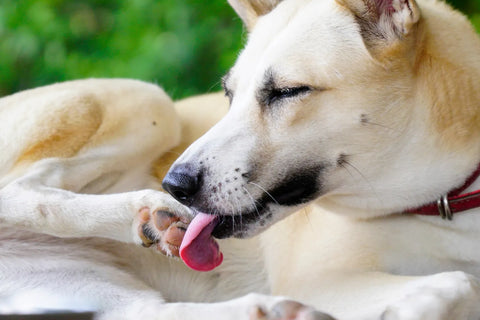
Why Do Dogs Lick Their Paws?

Why Do Dogs Whimper & Make Noises in Their Sleep?
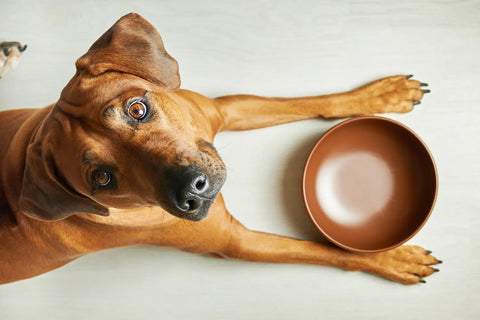
Healthy Vet-Approved Homemade Dog Food Recipes
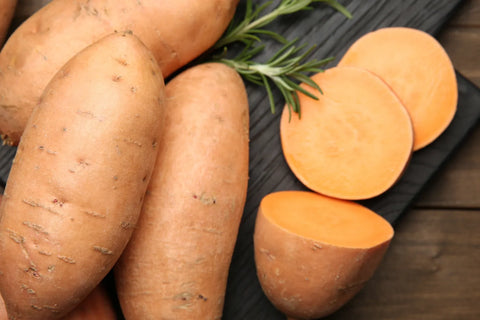
How To Cook Sweet Potatoes for Dogs
